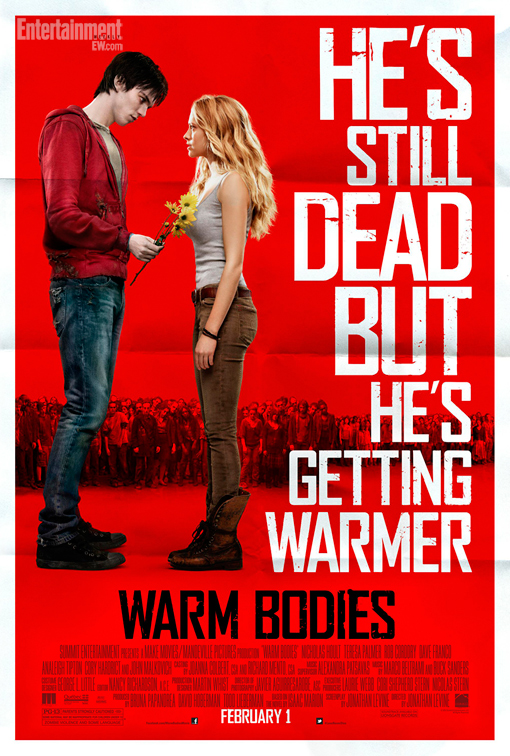
“Side Effects”
Steven Soderbergh is not a filmmaker that likes to settle into a safe zone and follow a certain niche as some others do. With the exception of his “Ocean’s” sequels, just about each and every one of his movies is their own entity. Almost none of them fall into the same genres or styles, as in the last few years the man has leaped from the dry comedy of “The Informant” to the eerie dread in “Contagion” and recently to the experiences of male strippers in “Magic Mike.” With an output as diverse and experimental as his, his films don’t always strike a chord in me, but when they do they hit hard. His most recent effort, “Side Effects” decidedly falls into the latter category.
With her husband Martin recently released from a four-year prison sentence, Emily Taylor is looking to rebuild her life with him. Things remain difficult for her to cope with however when her depression begins to take over again in a failed suicide attempt. Her doctor, Jonathon Banks, prescribes her to an anti-depressant to ease her back into life, but this doesn’t work as well as they would hope. After speaking with her previous psychiatrist, Jonathon prescribes her to a newly tested and developed drug on the market. Things appear to be going fine at first, until a shocking event sends Emily and Jonathon’s lives spiraling out of control.
With a smart director like Soderbergh at the helm, along with frequent writing collaborator Scott Z. Burns, “Side Effects” is able to elevate itself above what could have been B-grade thriller material. The surprising turns that the plot takes reminded me of the frequent twists in the outrageous but fun “Wild Things,” though they are handled here with sharper precision and less trashy abandon. As with other Soderbergh works, the film has been filed down to its core elements. No shot is wasted and every scene counts. Him and Burns play the audience like a fiddle with skillful misdirection and manipulation, always keeping them on their toes and never settling into a predictable path.
It also helps to have a talented cast to guide them along, of which this film isn’t lacking. Despite not having too much screen time compared to his three costars, Channing Tatum continues to impress me recently as an actor. For someone who I used to dread seeing in a movie, his continuing experience with Soderbergh (he was also in “Haywire” and “Magic Mike”) has paid off very well in honing his skills. And after a seemingly long absence from movies, Catherine Zeta-Jones looks to relish having the more “fun” role of the bunch. As Emily’s previous doctor, she often gets the juiciest dialogue to spout, particularly in her exchanges with Jude Law.
The real meat of the story involves the relationship between Emily and her new doctor, who are played by Rooney Mara and Jude Law. Mara’s more internalized acting style (also put to great use in her breakout role in “The Girl with the Dragon Tattoo”) complements her character nicely, who usually appears to be in a different world than everyone else. She initially seems to be the protagonist, but soon the focus shifts to Banks, at which time Law takes command. His role is the most difficult, having to transition between caring, obsessive, frustrated and distraught often in the same scene. It is an impressive performance from an actor who is often, in my opinion, undervalued by some. Banks’ side of the story adds a timely and relevant edge to the movie that separates it from other thrillers made in the same vain. In a time where everyone is taking prescriptions or some other form of medication, and people are worried about how taking so many of those will affect their brain chemistry, this lends to the ominous and clinical style of the movie. In the grand scheme of things, the subject matter is mostly window dressing, although it definitely adds to the psychological elements of the thriller plot.
Whether or not everything totally adds up in the end hardly matters. Burns and Soderbergh have constructed a taut and tightly wound thriller that takes the audience on a suspenseful ride. I have heard some call the movie “Hitchcockian” in its twists and psychological underpinnings, and I would agree with that assessment too. Even with the clear influence from the master of suspense, “Side Effects” carves out its own course with the modern premise at its core and strive for smartly realized entertainment.
3.5/4
3.5/4








